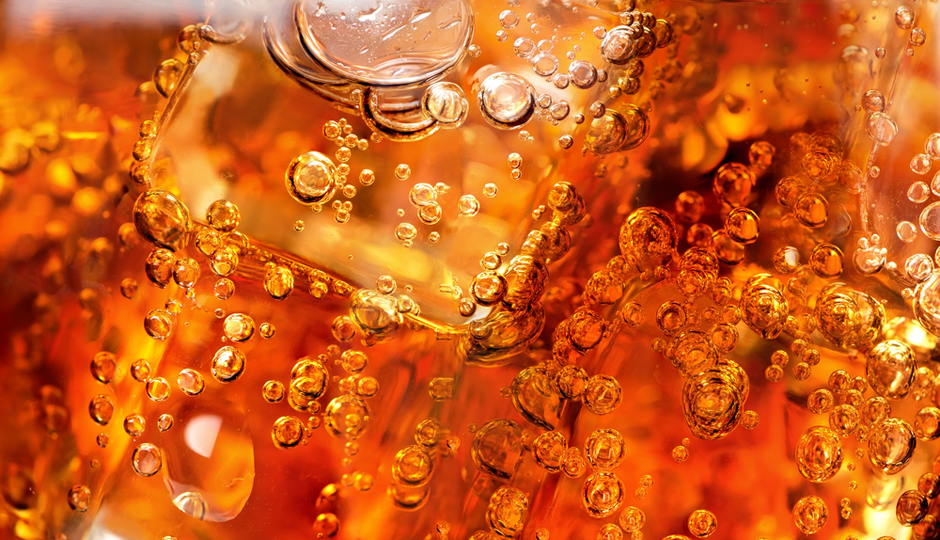The Real Takeaway from Big Soda’s Promise to Cut Sugar

Shutterstock
There were two pieces of good news this week, and—surprise!—they both had to do with sugar.
After steady upward ticks for two decades, the rate of Type 2 diabetes in the U.S. adult population has stalled. According to the Los Angeles Times:
Fueled by the runaway spread of obesity in the 1970s and 1980s, the rate of Type 2 diabetes among American adults ages 20 to 79 more than doubled from 3.5% in 1990 to 7.9% in 2008. … In 2012, that figure was essentially unchanged at 8.3%. In addition, for every 1,000 Americans in that age group, 3.2 were diagnosed with diabetes in 1990 and 8.8 would be newly diagnosed in 2008. By 2012, that figure fell to 7.1.
But the leveling-off isn’t across the board; rates continue to grow for blacks and Latinos as well as those ages 20 to 44 and those with a high-school education or less.
This might help stall those climbs: The nation’s three soda makers, Coca-Cola, PepsiCo and the Dr. Pepper Snapple Group, announced on Tuesday that they’ve agreed to cut sugar calories in their drink products by 20 percent over the next decade. They’ll do so by making more low- and no-cal drinks, by selling their products in smaller portions, and by educating us to consume fewer calories from drinks.
Okay, it may not seem like much, especially since a 2012 study found that 56 percent of Americans ages 18 to 34 drink soda daily, and that those of us who do drink it average 2.6 glasses a day. But it’s the first time the pop giants have tacitly admitted that their products play a role in the nation’s obesity epidemic. And that’s something.
Cynics say the move is just a ploy by the companies to avoid legislation limiting the size of soda containers and requiring warning labels on drinks. And considering the recent news showing a link between consumption of sugar substitutes and diabetes, thought to be the result of altered gut microbes, it might be smarter to just train ourselves to like water again—or beer. Our ancestors got by on them for thousands of years.
Like what you’re reading? Stay in touch with Be Well Philly—here’s how:
- Like Be Well Philly on Facebook
- Follow Be Well Philly on Twitter
- Follow Be Well Philly on Pinterest
- Get the Be Well Philly Newsletter


